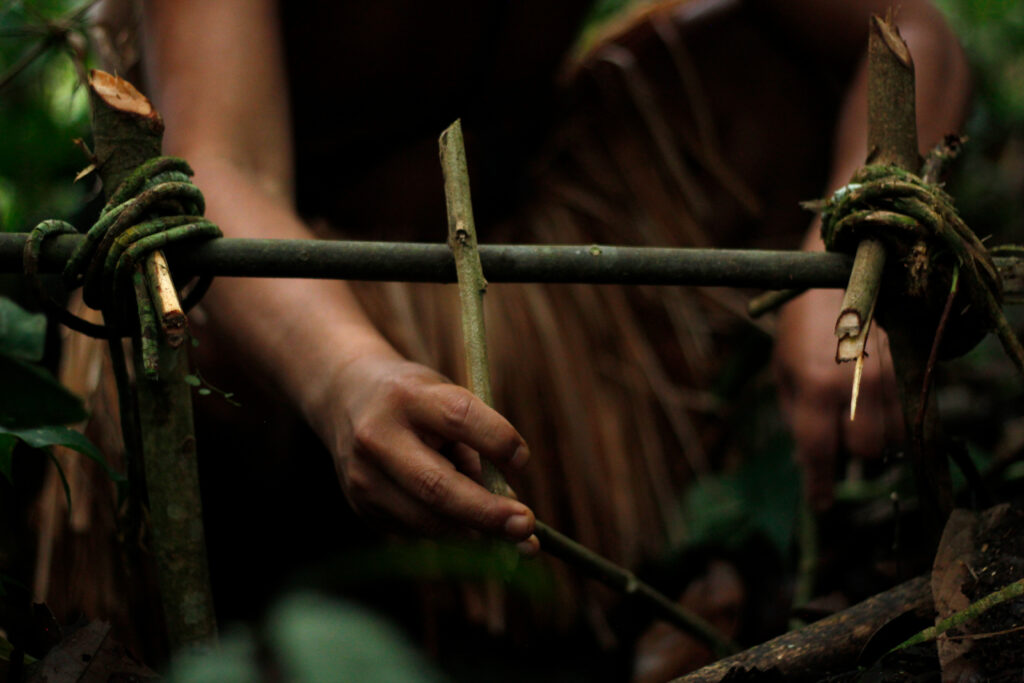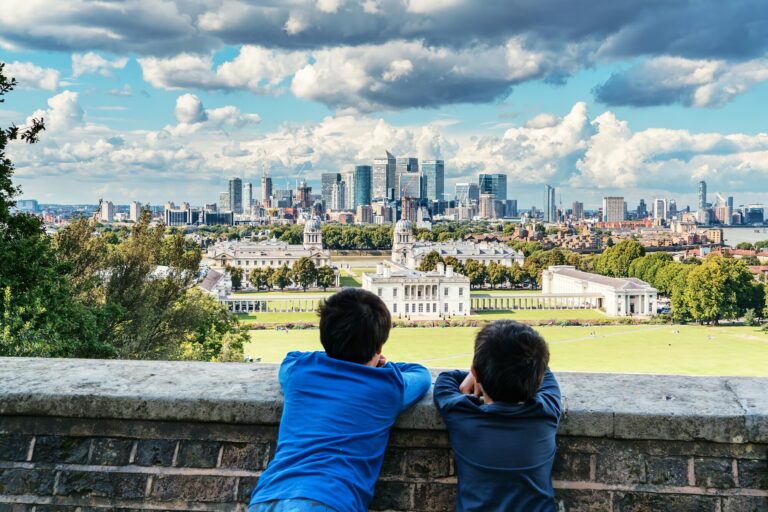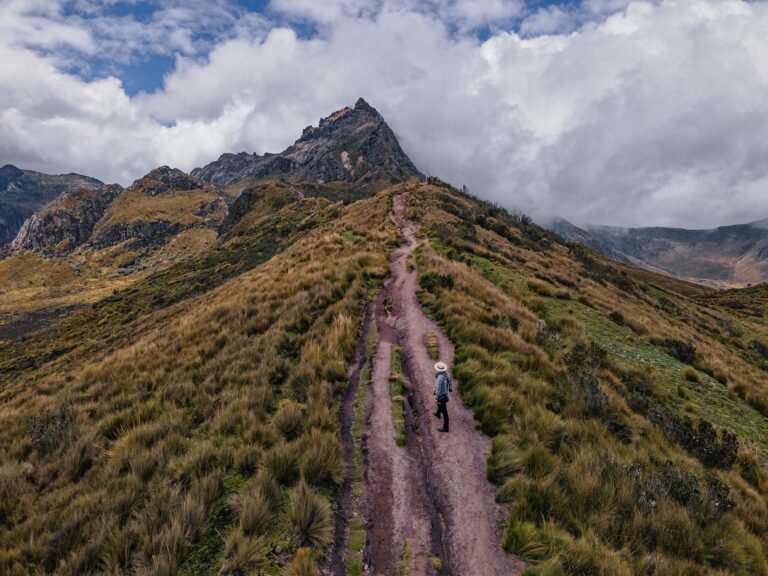
Buen Vivir: The ‘Good Life’ for People and Planet – Part two
We continue our series exploring alternative economics models. Here, in the second of two parts, we look at Buen Vivir. Buen Vivir, an alternative development model gaining popularity in South America.
Read Buen Vivir: The ‘Good Life’ for People and Planet – Part One here.
The Population Factor
Buen Vivir recognises the interconnectedness of all living beings and the importance of living in harmony with nature.
Population growth can disrupt the delicate balance of this relationship, with population growth driving unsustainable demand for resources – in turn accelerating biodiversity loss, increasing land degradation, as well as causing rising greenhouse gas emissions fuelling the climate crisis.
In addition, high fertility rates that contribute to rapid population growth are often reflective of gender inequities, contrary to the principles of Buen Vivir. High fertility rates tend to be indicative of communities where girls face barriers to education, have an unmet need for safe, modern contraception, and lack economic and social independence. As a result, young girls start having children from a young age, are unable to space their pregnancies and/or choose to have smaller families.
The ethical, pro-choice solutions to population growth are those which also focus on improving people’s lives and naturally align with the aims of Buen Vivir to achieve the ‘Good Life’ for the wider community and reduce environmental impacts.

Empowering young girls and women by removing barriers to education, as well as ensuring unrestricted access to sexual and reproductive healthcare, including safe, modern contraceptives, lower fertility rates and improve the overall well-being for the communities, ensuring the ‘Good life’ for all.
Encouraging more sustainable consumption patterns as well as ending population growth are also necessary to reduce overall demand on resources. If we reduce demand for resources, this means we can develop ways to live more sustainably in harmony with the natural world as enshrined in the aims of Buen Vivir.
By ending population growth and reducing our overall consumption, Buen Vivir can seek to create a future where human needs are met without compromising the well-being of future generations or the health of the planet.
Criticisms
There are serious tensions between the philosophical aims of the “Buen Vivir” concept as enshrined in the constitutions and its practical application.
Though progress has been made in both Ecuador and Bolivia to reduce poverty and inequality, this has been done through traditional capitalist development strategies with state income derived from natural resource exploitation with profits used to fund social programmes that have managed to lift millions out of poverty.
In Bolivia, after Former President Evo Morales took power, 38% of the mostly indigenous population lived in extreme poverty, that figure has been reduced to 17%, with 2 million people taken out of extreme poverty. This is following a six-fold increase in export revenues in Bolivia, from $2.2 billion just before Morales’s election to $12.9 billion, due to the increased export of oil and natural gas, as well as increased production in the mining and agricultural sectors.
Neither Ecuador nor Bolivia have radically restructured their economies to fulfil the eco-centric principles of the Buen Vivir and the Rights of Nature models, rather they’ve continued the old practices of natural resource exploitation to fund state programs.
In addition, there have been significant rollbacks of previous environmental protections, for example, a reversal of the decision not to drill for oil in Yasuni National Park in Ecuador, alongside increased crackdowns on indigenous and environmental groups, cast doubt on the Ecuadorian’s Government’s commitment to the principles enshrined by the constitution.

Former President of Bolivia, Evo Morales also faced clashes with indigenous groups over development plans for a major motorway that was planned to cross indigenous territories, ultimately forcing the suspension of the project.
Whilst Buen Vivir does offer an intriguing eco-centric approach to development, it so far lacks practical application and political will to achieve it.
Final Thoughts
Buen Vivir may have more presence in philosophical discussions rather than practical applications, but that doesn’t mean there may not be more government ambition in the future to fully realise the principals of Buen Vivir. For example, by solidifying commitments to end the privatisation of water and adopt more eco-centric forms of industry, such as agroforestry.
It’s important to remember that the Buen Vivir lifestyle is drawn from indigenous cultures that not only resisted more than 500 years of colonisation and exploitation, but also maintained harmonious relationships between human beings and the natural world for over millennia. Buen Vivir and other incites from indigenous cultures probably have a lot to offer us in forging the path ahead to a more sustainable future.
_________________________________________________
This is part two of Buen Vivir: The ‘Good Life’ for People and Planet.
You can read part one here.



